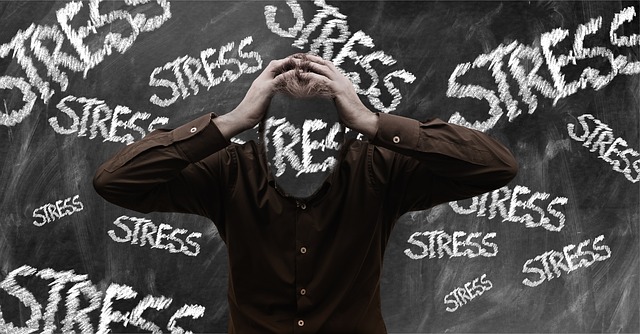Currently, burnout is highly underrated. People are constantly working, with little time for rest. This is true not only for professions, but also for household chores. Work is necessary for survival, but every once in a while it is necessary to rest.

What do these words mean? It can be defined in several terms, but in general it refers to a person\’s fatigue on a psychological level, but it can also manifest itself on a physical level, such as insomnia, loss of appetite, irritability, etc. Many people associate the term with aid work, but did you know that it can also occur in personal life? If so, how is this possible?
It\’s simple: In our personal lives, our relationships can undermine us and make us too responsible. At risk are single, stay-at-home mothers who are on their own and have no time to relax.
And how does this manifest itself? Simple: you set a goal and make a precise plan to get there. At first, you are excited and can\’t wait to see the results (EXCITING). Eventually, you realize that the plan is not coming to fruition as you had hoped, and you feel that it is taking unnecessarily long (STAGNATION). In the next phase, they encounter obstacles that they just can\’t overcome and become fed up (FLUSTRATION). This is followed by a sense of hopelessness and a feeling that there is no point in trying any more (APATHY). Finally, they fall into the terminal phase of complete mental exhaustion and lose interest in anything (EXHAUSTION). Fortunately, this is treatable. It can be treated with therapeutic sessions with a psychologist or with medication by a psychiatrist.

Sufficient prevention is knowing how to allocate one\’s time to ensure both active rest (sports) and passive rest (sleep). Work and goals are important, but without mental health they are impossible.